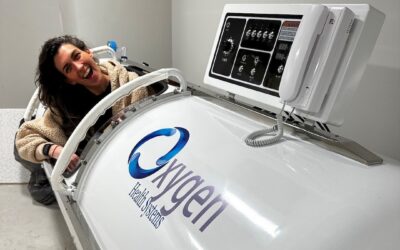There are several reasons for hair loss, including genetics, hormones, stress, and other medical conditions. It is most common after the age of 50, but can occur at any stage in life.
The most common type of hair loss, androgenic alopecia, is due to changes in hormone levels which can affect the blood supply to the hair follicles, causing accelerated hair shedding. Luckily, PRP treatment has been shown to successfully treat these side effects of Androgenic Alopecia and restore hair growth to patchy areas of the scalp.
In regenerative medicine, PRP has been used in the repair of joints, ligaments, and tendons. Now, research shows that PRP can help to improve blood supply to the hair follicles by stimulating hair growth and increasing the size of hair follicles.
PRP (Platelet Rich Plasma)
Platelets are blood cells that contain special growth factors which are known for their healing potential, tissue regeneration, and cell reproduction abilities.
In addition to a reduced blood supply, balding occurs due to shrinking hair follicles, the tunnel-shaped structure that anchors the hair. This is what is known as hair follicle miniaturization and results in shorter, finer hair.
PRP can help to reverse this by triggering dermal papilla cells which are specialized cells residing at the bottom of hair follicles. When injected into the scalp, growth factors in platelet rich plasma signal to cells to activate and attract stem cells to the injection site. This mechanism restores hair growth by increasing both the health and diameter of existing hair follicles.
The Experience
What does a PRP Hair growth session involve?
During a PRP Hair Growth treatment, a sample of blood is taken from the patient and then spun in a centrifuge to separate the platelets. At OWM, a double spin process is used to offer the highest concentration of platelet rich plasma on the market. After numbing the area, platelet rich plasma is then injected into the sparse regions of the scalp.
How long is the procedure?
The entire procedure will take anywhere from 30-60 minutes depending on the size of the treatment area.
Is the procedure painful?
PRP is a nonsurgical, minimally invasive procedure with little to no downtime. Due to the extremely small size of the needle and special numbing and injection technique many patients report minimal discomfort during the procedure.
Are there any side effects?
PRP is derived from the patient’s own blood, therefore there are no adverse reactions or allergies associated with this procedure.
How many sessions are needed?
A minimum of three monthly sessions are recommended for hair restoration, as well as maintenance treatments twice a year.
Is PRP hair growth covered by insurance?
PRP Hair Growth is not covered by insurance because it’s considered a cosmetic procedure.
PRP Hair Growth at OWM
At OWM Integrative Wellness, we realize that treating hair loss is not a one size fits all approach. Before a PRP Hair Growth treatment, blood work is obtained to rule out other possible causes of hair loss. Nutrition supplementation and hormones may be prescribed to assist in the hair growth response.
Don’t let hair loss get you down. For more information on our Integrative Wellness Center or to book a comprehensive health evaluation contact us today at 716.626.6301.




